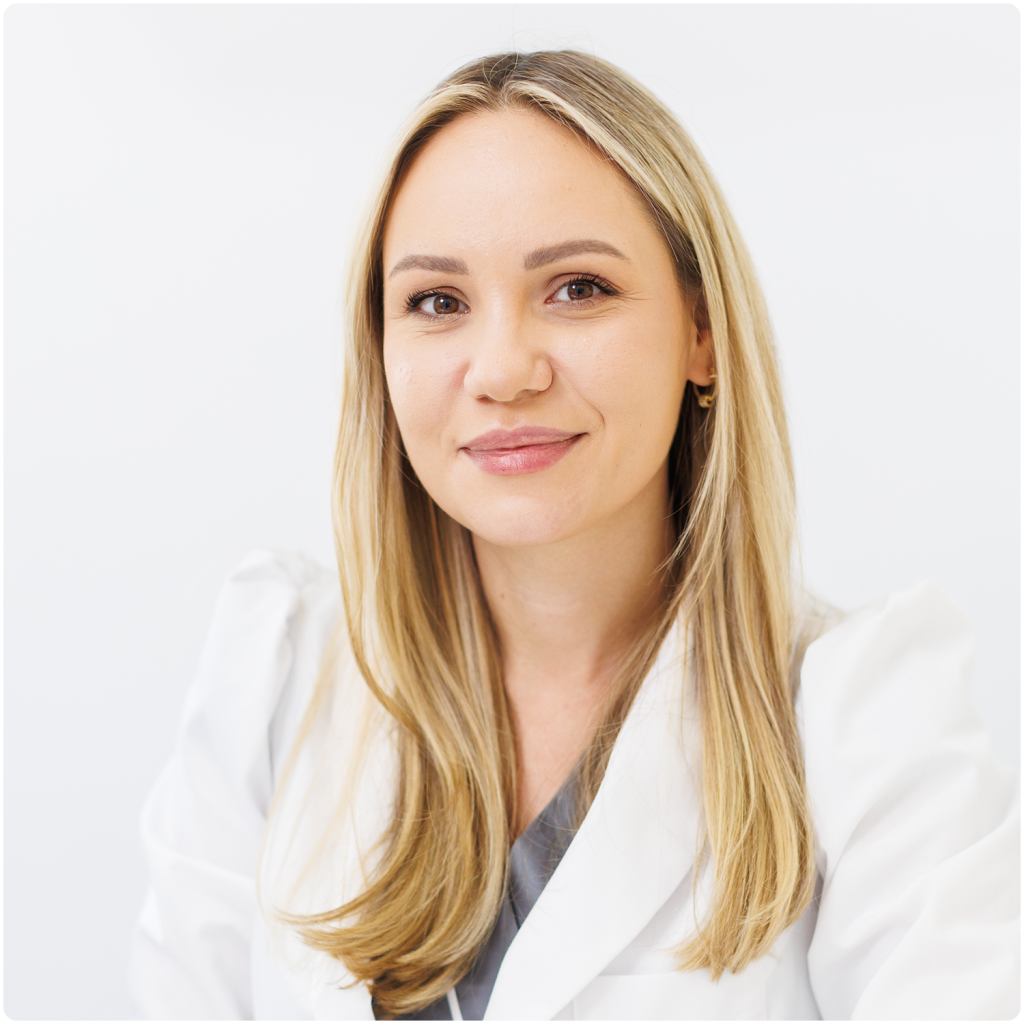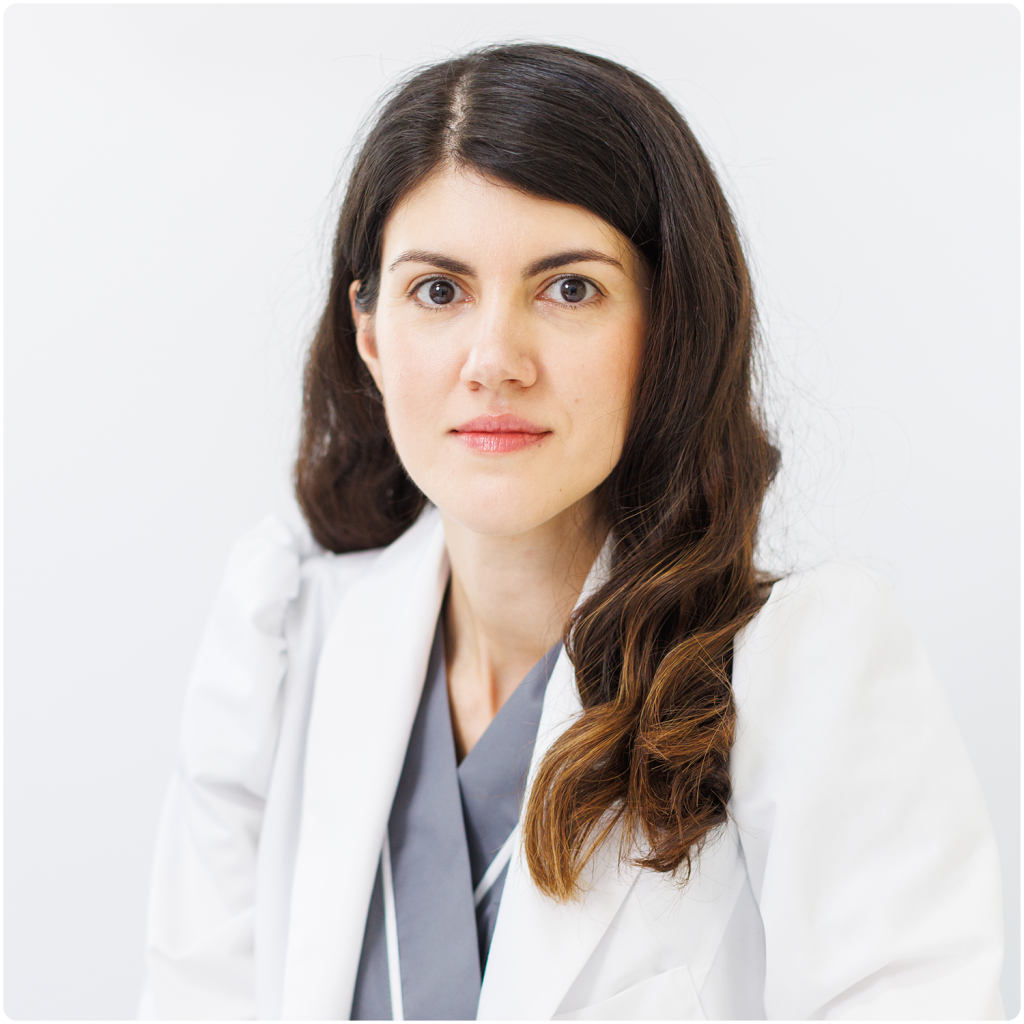Alopecia can cause significant psychosocial and aesthetic problems. That's why we welcome you to SKINMED®, where we can stop hair loss with state-of-the-art medical treatments.
Hair loss (alopecia) in men
We take the worry of hair loss off your head
Who are we talking to?
All men affected by any form of alopecia. During their lifetime, one in two men will experience alopecia - severe hair loss - by the age of 50. After this age, the percentage increases to 70%, and 21% of them may notice the first signs of hair loss even before the age of 21. It is estimated that there are around 50 million men in the United States alone who experience this problem, with the percentage now extremely high in Europe and Asia as well. Why choose alopecia treatment in SKINMED®?
Why choose SKINMED® experts?
Because we have the most effective and safe resources to make your hair healthy and rich! We specialize in the diagnosis and treatment of scalp and hair skin conditions, with the most effective diagnostic and treatment technologies available to achieve the best results in complete safety for the patient. We also strive to explain to our patients the importance of scalp and hair care and provide them with the knowledge and resources to do so.
Benefits of alopecia diagnosis and treatment in SKINMED®
What is alopecia and what symptoms do we treat?
Alopecia or hair loss can be temporary or permanent and can affect only the scalp or the whole body. It can be caused by hereditary factors, hormonal changes, systemic conditions or a natural part of ageing. Risk factors include genetics, thyroid disease, autoimmune diseases such as thyroiditis, diabetes, vitiligo, lupus erythematosus, dermatitis herpetiformis, etc., iron deficiency anaemia, emotional stress, recent surgery, vitamin deficiency, certain drugs, radiotherapy, chemotherapy. SKINMED® doctors can successfully intervene at any stage of this condition, which you can recognise by certain symptoms:
How we diagnose alopecia in SKINMED®?
Alopecia can have multiple causes, so several steps may be needed to diagnose this condition:
Tricoscopy
performed with the TrichoLab Fotofinder, is the dermatoscopic evaluation of the scalp, a completely non-invasive procedure that is used by the dermatologist for the diagnosis and therapeutic management of scalp disorders.
TrichoLab Fotofinder uses a high-performance digital camera and a digital dermatoscope to quantify the number of hair follicles, follicular units, degree of vascularisation, etc. The images taken are sent to the Fotofinder Trichology Laboratory in Germany where they are examined by a specialised team. Following the final diagnostic report, the treating physician determines the treatment.
Scalp biopsy
can be a useful tool for assessing hair loss when the diagnosis is uncertain. It helps us to distinguish scarring alopecia from non-scarring alopecia and can provide information that further narrows the differential diagnosis. The biopsy is performed under local anaesthetic, the tissue is removed by the doctor and then sent to the laboratory for examination by the pathologist.
What therapeutic options are available for treating hair loss?
Depending on the causes of hair loss, the doctor will recommend topical treatment with minoxidil, corticosteroids, finasteride, immunomodulators, etc., hormone therapy, hormone therapy with proprietary plasma enriched platelet mesotherapy of the scalp, intradermal cortisone injection, hair transplantation or low level laser therapy (LLLT).
See details
Mesotherapy is a non-surgical, minimally invasive method involving the direct administration, by injection, of a complex of pharmaceutical substances (vasodilators, vitamins, bioactive substances, etc.) tailored to each patient and each particular form of alopecia.
See details
Microneedling is a form of mesotherapy, which is performed with a specialised device instead of the traditional syringe. It is a device that uses an 11-needle system that is easy to remove, hygienic and very economical.
See details
It is a medical procedure to rejuvenate the scalp by restoring its structure using growth factors (substances in the body that cause cell regeneration). It is an injectable treatment based on the patient's blood.
The benefits of mesotherapy for the scalp
Doctors EXPERT in the diagnosis and treatment of alopecia
In SKINMED®, you will find highly experienced medical specialists working with the latest results of medical research on prevention and treatment, using state-of-the-art medical equipment and products. We look forward to meeting our doctors for a treatment tailored to your needs!
SKINMED experience and technology®,
for the best results!
Advantages SKINMED®
Experience
- Over 19,000 patients treated in the clinic
- Over 300 new patients every month
- Over 20000 treatments per year
Credits
- FOTOFINDER-accredited Centre of Expertise in the Diagnosis and Treatment of Skin Cancer
- ALMA LASER accredited laser treatment centre of expertise
- ALLERGAN accredited centre of expertise in Aesthetics and Medical Injecology
Safety
- Only world-class accredited technologies
Other treatments you might be interested in
Frequently asked questions
What is baldness and why does it occur?
Even though anyone can lose hair from their scalp, men are more likely to do so. Baldness often refers to a significant loss of scalp hair. The most common cause of baldness is hereditary hair loss as people age. In men, the cause is often genetic, with androgenetic alopecia being dominantly inherited from one parent.
It can start as early as the second decade of life, but more commonly starts to be visible around the age of 40.
When there is significant hair loss or when hair loss occurs early, alopecia can cause significant psychosocial and aesthetic problems.
How many types of alopecia are there?
Androgenetic alopecia occurs through androgen-dependent mechanisms leading to a reduction in the terminal hair/velocus ratio, with specific disposition, most often with fronto-parietal and vertex onset and progressive accentuation.
However, there may be other causes of hair loss in men, such as telogen effluvium, a condition often linked to physical or emotional stress, restrictive diets, vitamin and other trace element deficiencies or even hormonal conditions such as thyroid disease. In this case it is extremely important to have a definitive diagnosis and correction of the factors, in combination with hair loss treatment, to achieve optimal results.
At the same time, some forms of autoimmune alopecia - alopecia aerata - can affect men on both the scalp and the chin, with sudden onset as small, round, well-defined, hairless areas that can progress to confluence if left untreated. Alopecia areatosum is often associated with other autoimmune conditions such as vitiligo or thyroid disease, so a full clinical and biological assessment of patients is indicated.
Seborrheic dermatitis is an extremely common condition of the scalp, but can also affect seborrhoeic areas such as the eyebrows, nasal bridge or ear flap. It progresses in flares, with periods of calm and periods of aggravation, and frequent relapses, often linked to periods of physical or emotional stress. Severe seborrhoeic dermatitis, left untreated, can exacerbate hair loss, but this is reversible with treatment.
In addition to the described forms of hair loss, there are also clinical forms of scarring alopecia, associated with conditions such as lupus, lichen planus or even infectious processes (folliculitis decalvans), the treatment of which is complex and often requires additional investigations such as skin biopsy of the scalp.
Non-catalytic alopecia generally involves temporary and reversible hair loss if the causative factor is identified and removed or if the patient undergoes appropriate treatment. Alopecia may be diffuse, focal or in a particular pattern of distribution. This includes the most common alopecias encountered in medical practice such as androgenetic alopecia in both women and men, telogen effluvium, alopecia areata. Also in this category are alopecia due to syphilis, traction alopecia and trichotillomania.
In children, one of the most common causes of alopecia capitis is tinea capitis, caused by fungi such as Mycrosporum or Trichophyton.
Scarring alopecia is an inflammatory condition leading to irreversible hair loss, caused by discoid cutaneous lupus erythematosus, lichen plano-pilaris, pseudopelada Brocq, folliculitis decalvans, dissecting cellulitis of the scalp.
In order to start treatment, it is necessary to correctly diagnose the causes of alopecia.
What is the most common male alopecia?
Androgenetic alopecia is the most common cause of hair loss for men. It is a hereditary condition that affects hair follicles, leading to hair loss or baldness in men.
What causes male pattern alopecia?
Male pattern alopecia is caused by a combination of genetic and hormonal factors. Male hormones (androgens) are thought to play a key role in its development. Over the course of a lifetime, one in two men will experience alopecia - severe hair loss - by the age of 50. After this age, the percentage rises to 70%, and 21% of them may notice the first signs of hair loss even before the age of 21. It is estimated that there are around 50 million men in the United States alone who experience this problem, with the percentage now extremely high in Europe and Asia.
Can stress cause male pattern alopecia?
While stress may not directly cause male pattern baldness, it can contribute to hair loss by triggering a condition called telogen effluvium, which results in temporary hair loss.
At what age do men start experiencing male pattern alopecia?
Male pattern baldness can occur at any age, although it most commonly starts in men in their 30s and 40s.
Can male alopecia be prevented?
Currently, there is no known way to prevent male alopecia, as it is usually the result of genetic and hormonal factors. However, early intervention with hair loss treatments can help slow or stop the progression of hair loss.
Is hair transplantation a safe procedure?
Hair transplantation is considered a safe and effective procedure with few risks or complications. However, as with any surgical procedure, there can be risks and side effects such as infection or scarring.
How long does it take to get the trichoscopy results?
The result is obtained in about 2 weeks.
How long does trichoscopy take?
The time needed to carry out this assessment is about 20 minutes.
When is trichoscopy used?
Trichoscopy is used when the patient experiences marked hair loss, with or without hair thinning/disappearance, for the diagnosis of scarring or non-scarring alopecia: androgenetic alopecia, alopecia aerata, telogen effluvium, tinea capitis, trichotillomania, lichen plankillaris, lupus erythematosus.
Your dermatologist recommends a trichoscopic evaluation before and after the treatment in the clinic to be able to objectively assess the results.
When is a biopsy necessary?
Scalp biopsy is performed to confirm the diagnosis in all patients with scarring alopecia. Scalp biopsies are not usually performed for the diagnosis of hair disorders because in this case microscopic examination of the hair is used. However, in genetic structural hair disorders, abnormalities may also be evident when the intrafollicular portion of the hair is seen on histological examination.
How is a scalp biopsy performed?
The scalp biopsy is performed under local anaesthesia, usually with xylin 1% or lidocaine 1%, which is injected intradermally. Next, using a 4-6 mm round preducel (punch), the doctor removes tissue from the scalp and sends it to the laboratory for examination by the pathologist. The lesion formed is closed with skin sutures and bandaged with a sterile dressing for 1-2 weeks, depending on the area sampled. Afterwards, the patient returns to remove the sutures as indicated.







